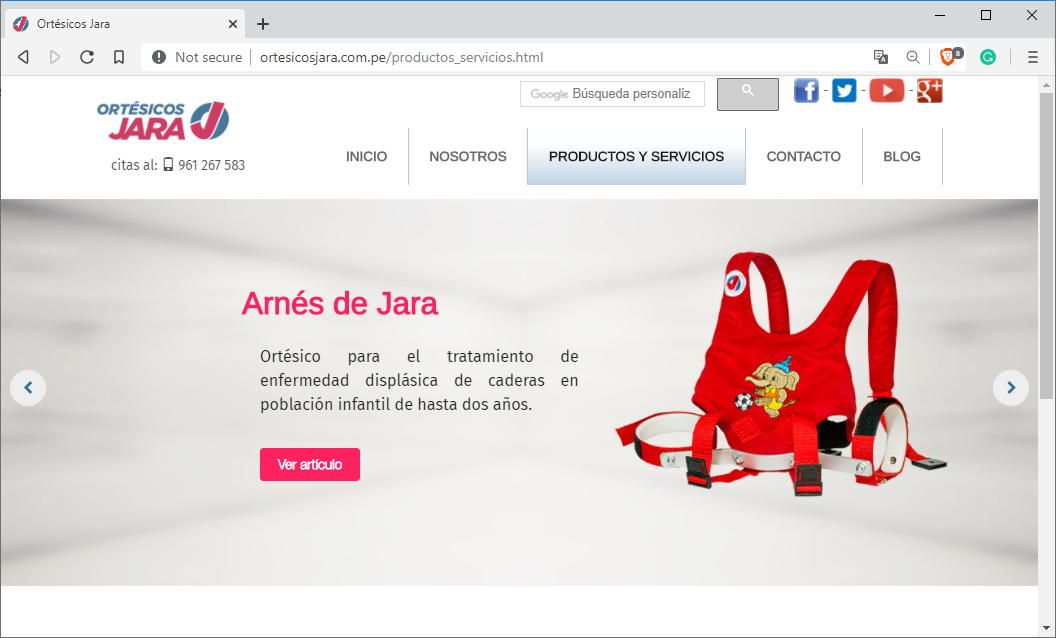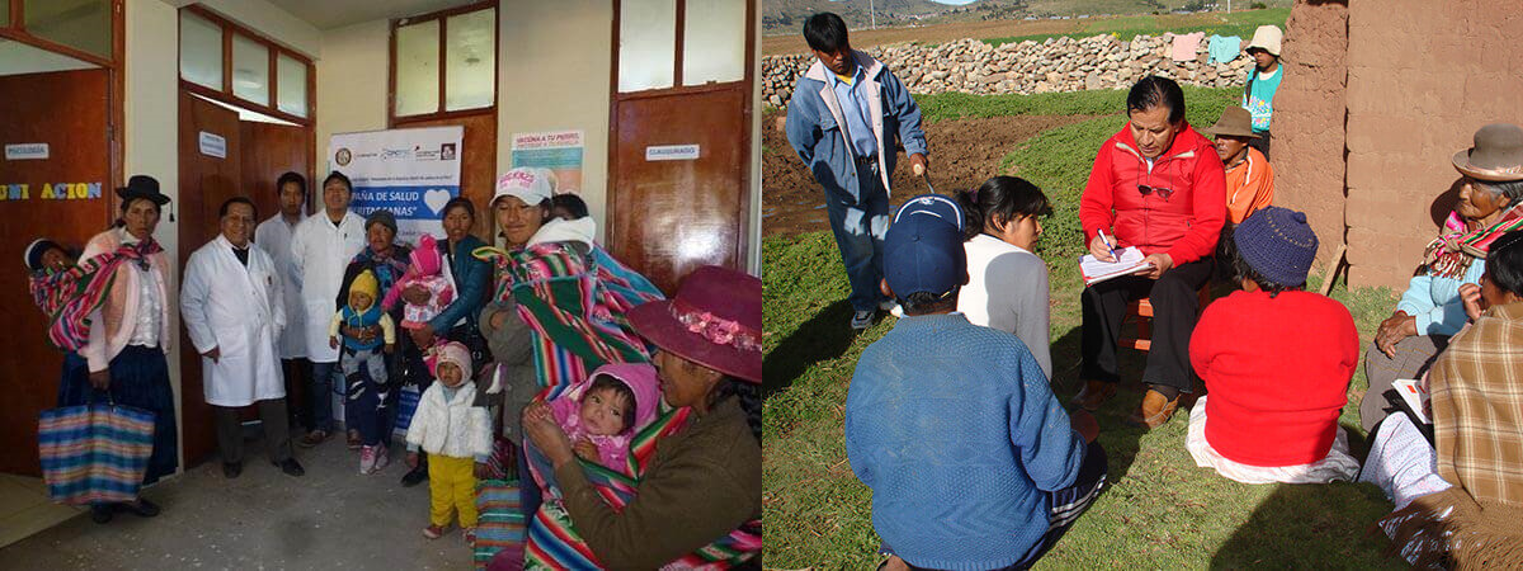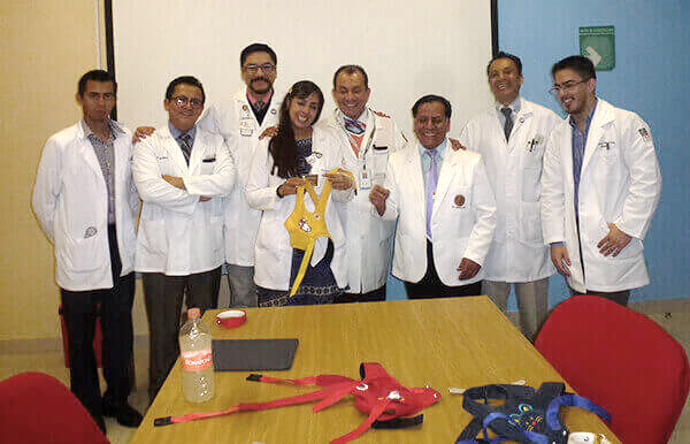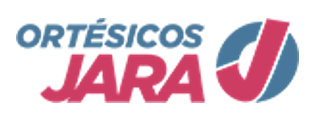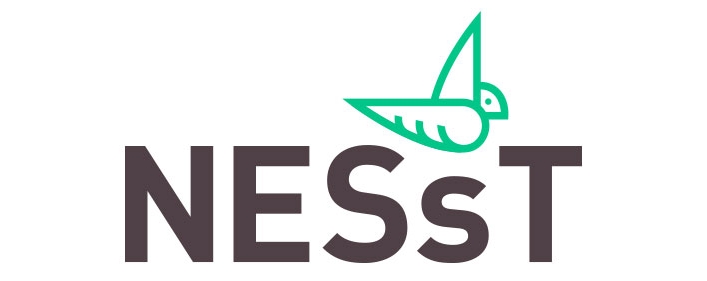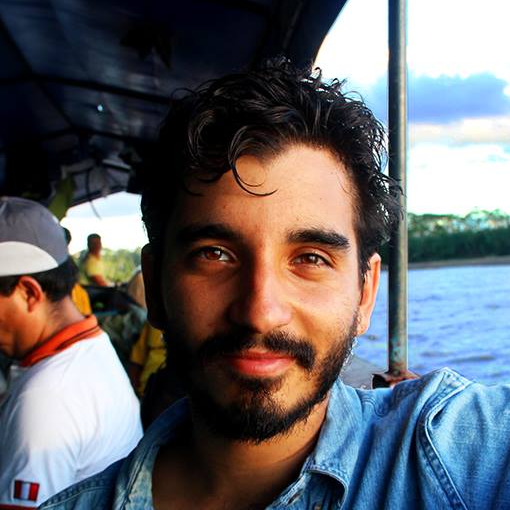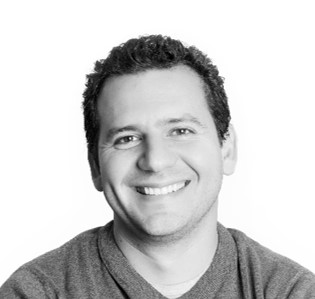
A medical device to treat hip dysplasia.
Redesigning a device to fight hip dysplasia and social rejection during early childhood in Puno, Peru.
Healthcare
Design
Research
Childhood
Brief summary
Hip dysplasia is a condition that when detected early on babies, can easily be treated in the first months. Unfortunately, this is not the case in the Andes region in Peru where babies are diagnosed when they already crawl or even walk, making the conventional orthotics ineffective or impossible to use. Dr.Jeremias Jara in Puno successfully designed a device to fix this condition at later stages but faced some manufacturing, business, and social barriers. At INSITUM, we took the challenge to better understand the user journey and redesigned the device using a human-centered approach. The final design solves issues on manufacturing costs, ease of use for parents, medical effectiveness and reduction of social stigmas; as well as a business model to ensure a correct treatment at affordable rates. The final design reshaped the actual device and helped Dr. Jara to win several awards and international funding to continue the development of his own startup and treating successfully children throughout the Andes.
My role
As co-leader, I conducted ethnographic research in Puno and mapped the user experience. I led the design, prototyping and testing phase and helped develop the business model for the product and treatment.
Challenge
How might we improve Jara’s treatment user experience for families in Puno to maximize its effectiveness?
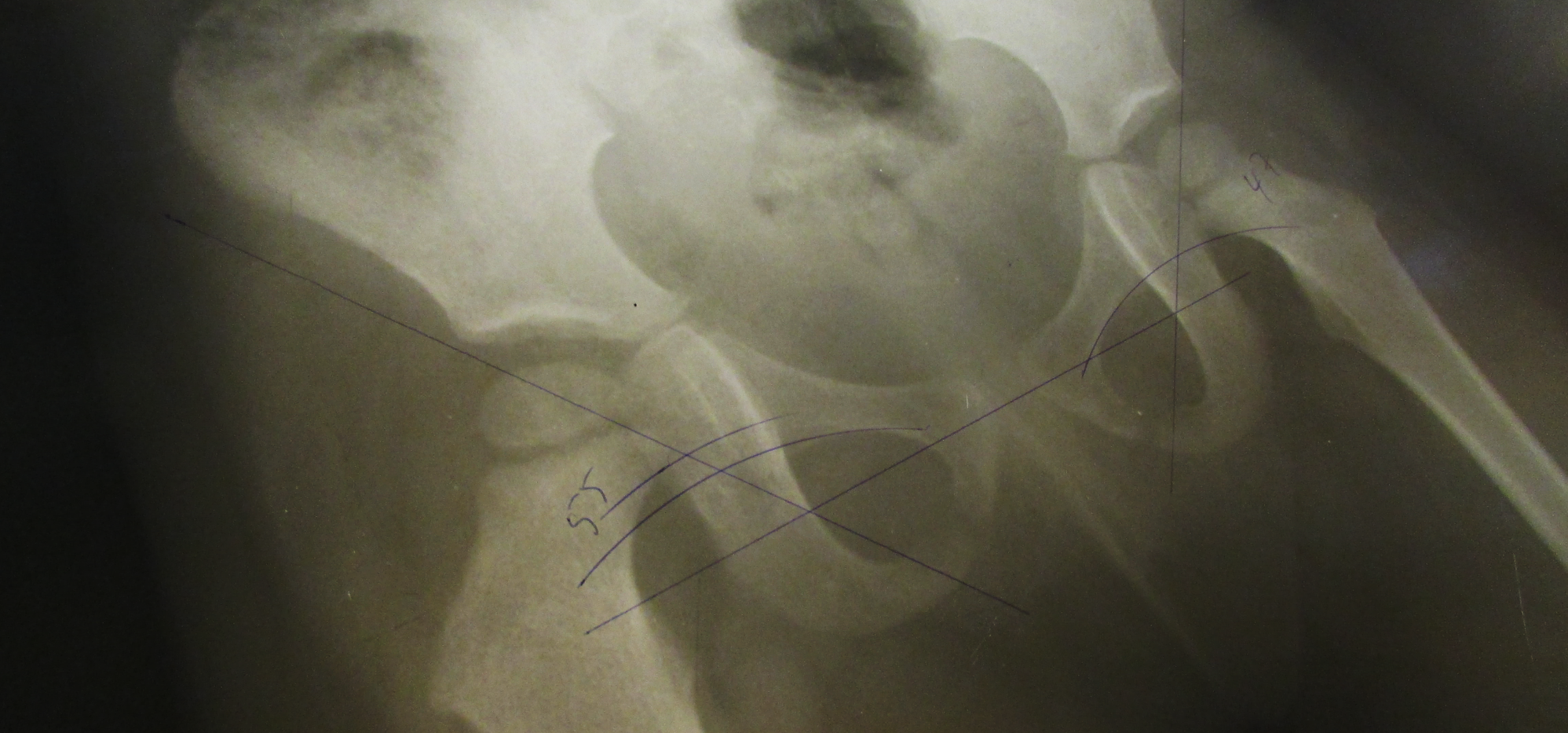
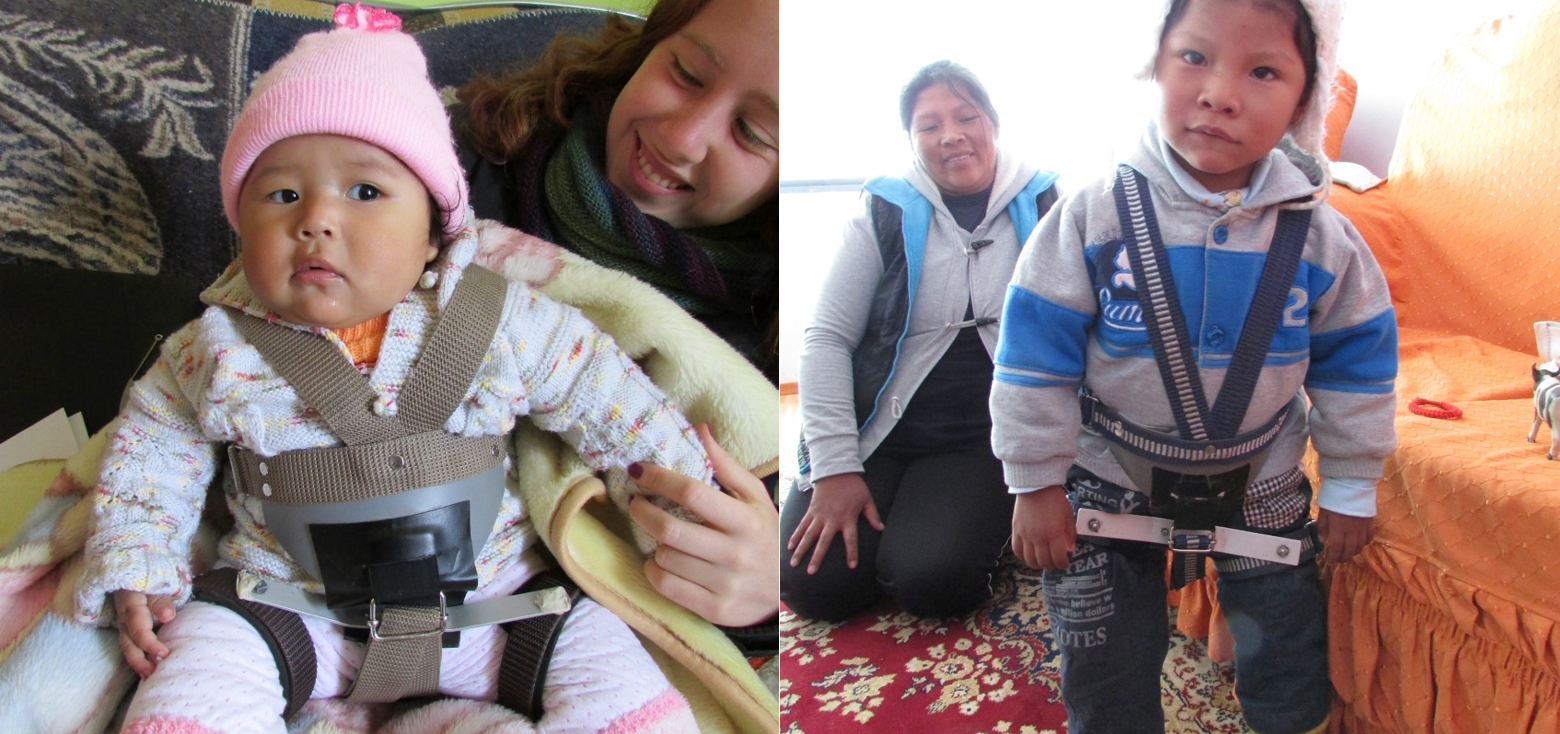
Design Principles
Made for the baby, but also for parents
By making sure it’s comfortable for the baby but complex enough so they can’t remove it, while making it easy to manipulate for the parents.
Soft but durable materials
To prevent the baby from getting hurt but allowing it to be cleaned without wearing off.
Adapts to growth and activities
So one product can serve kids of different ages and also adapt to families’ diverse activities and lifestyles.
Avoid discrimination and judgment
From uninformed family members and friends that might interpret the baby’s condition as a punishment from “God”.
Visualize the effectiveness of the treatment
So it helps parents see progress and increase their confidence in the device’s results.
Personalized and scalable service
To make sure Dr.Jara’s highly valued customer service is guaranteed even when he is not present.
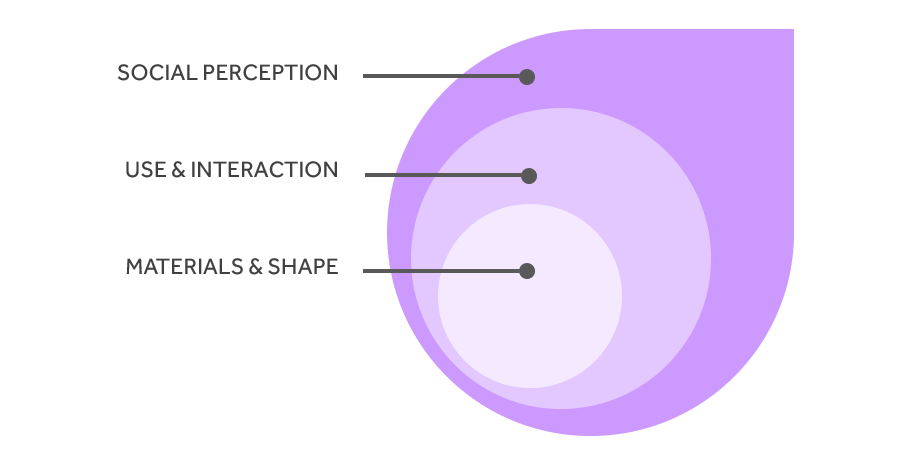
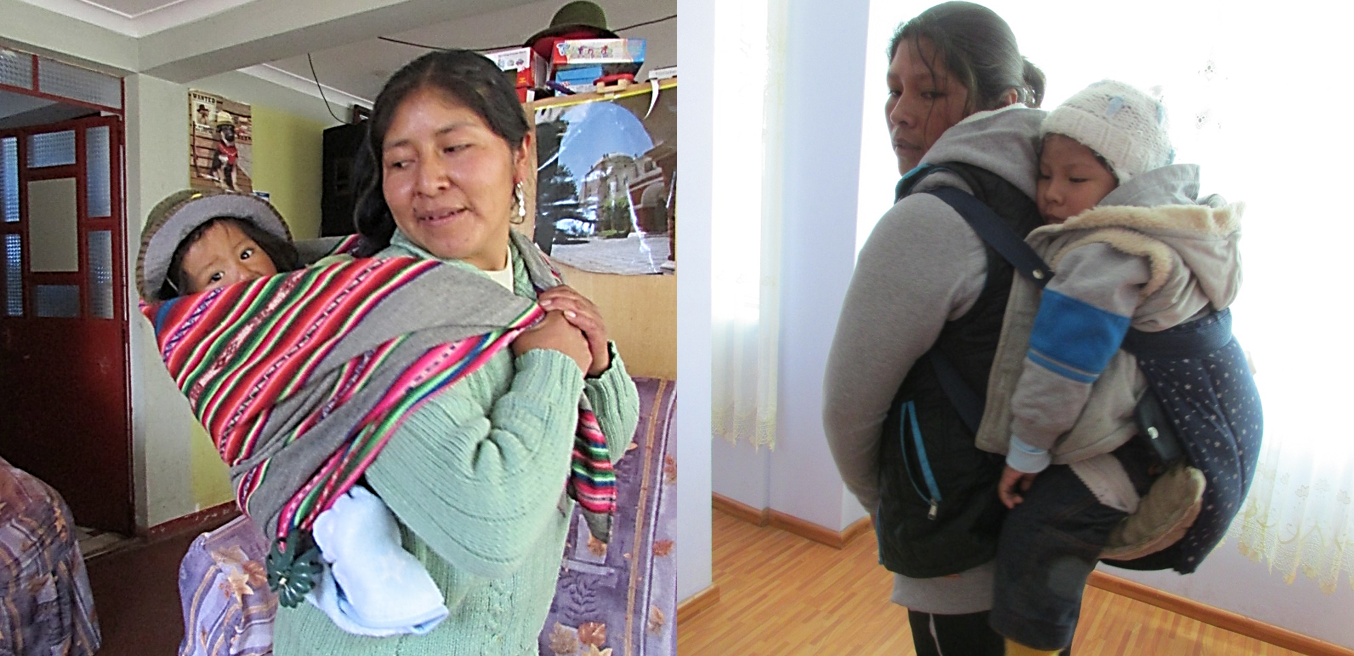
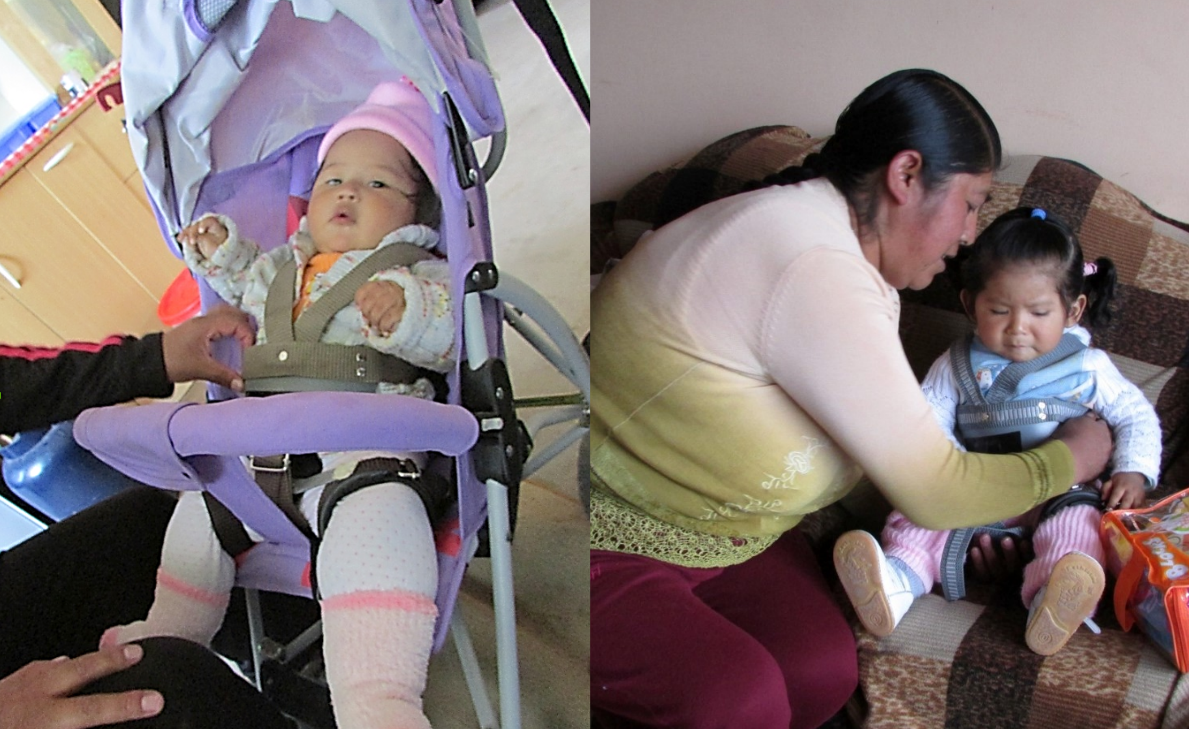
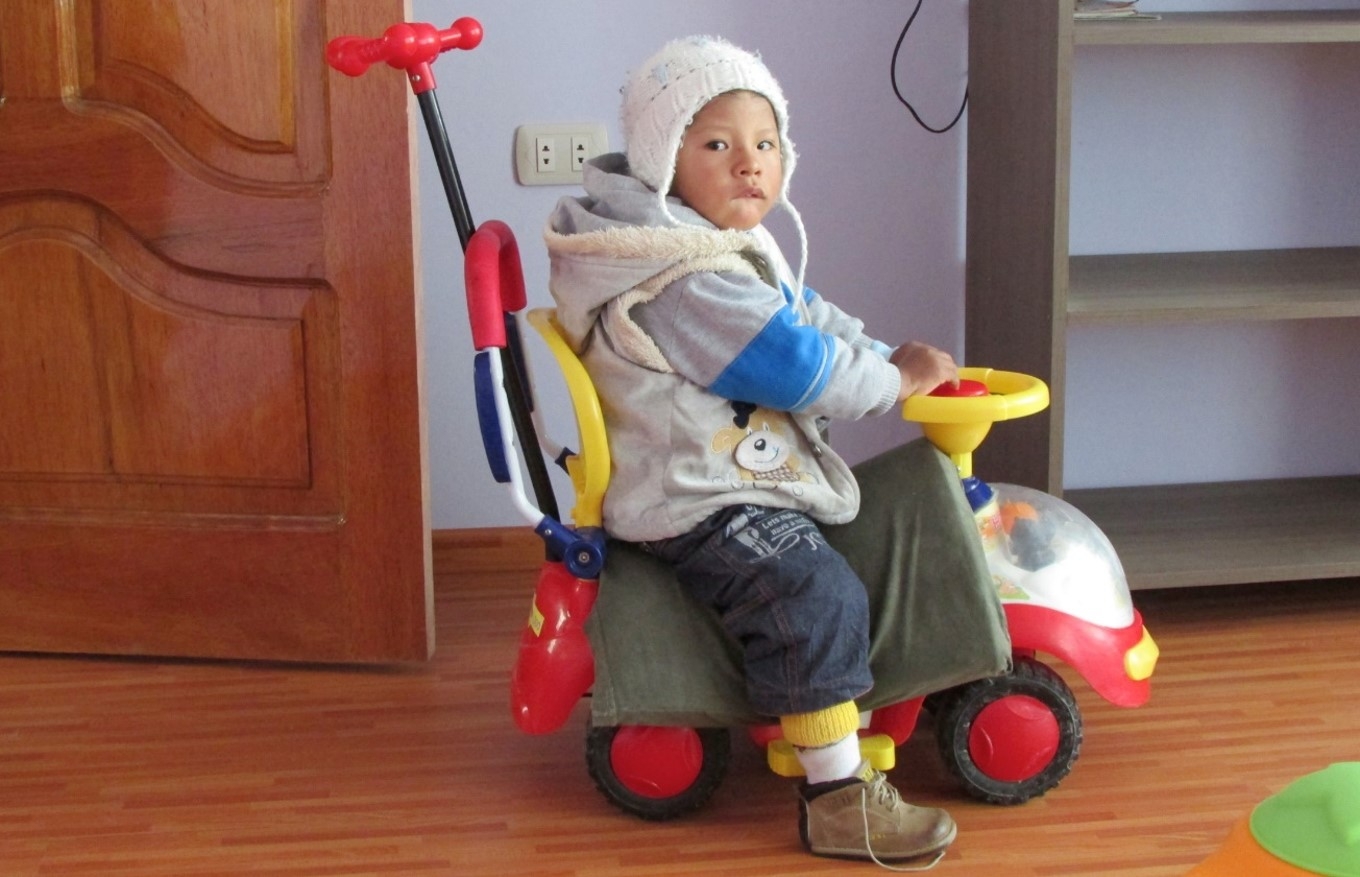
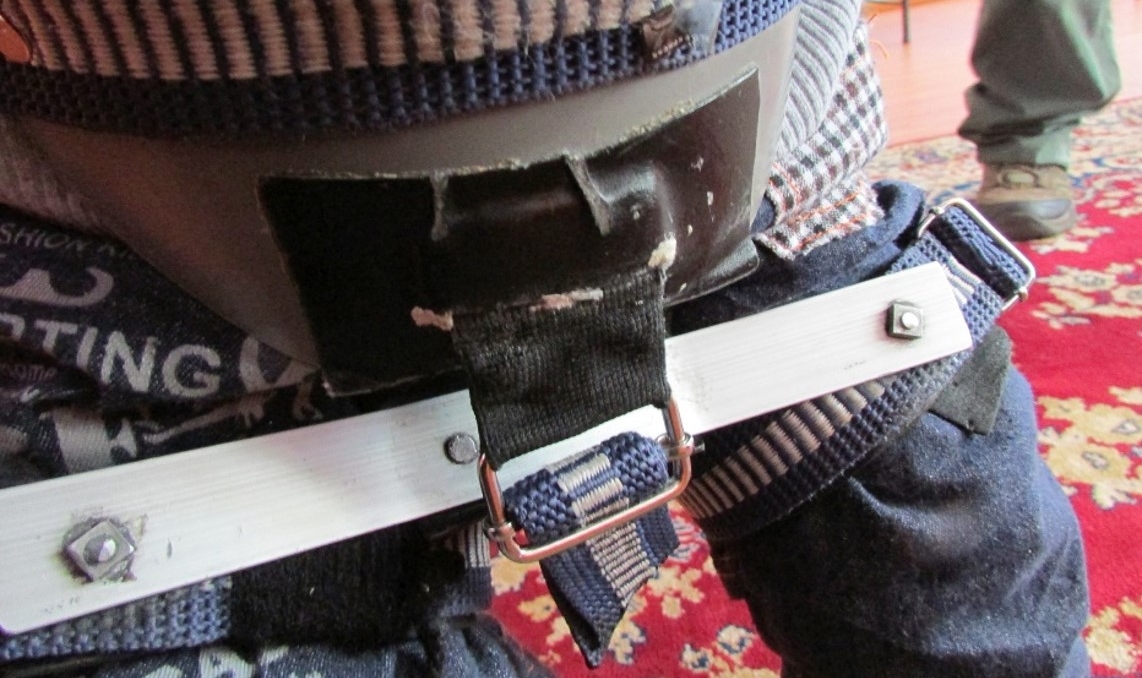
Process
Ethnographic research, Medical review, Expert Interviews, Mapping user journey, Concept testing, Product design, Prototyping, User testing & Iteration, Business Model Analysis, Service Blueprint, Cost analysis, Business Strategy.
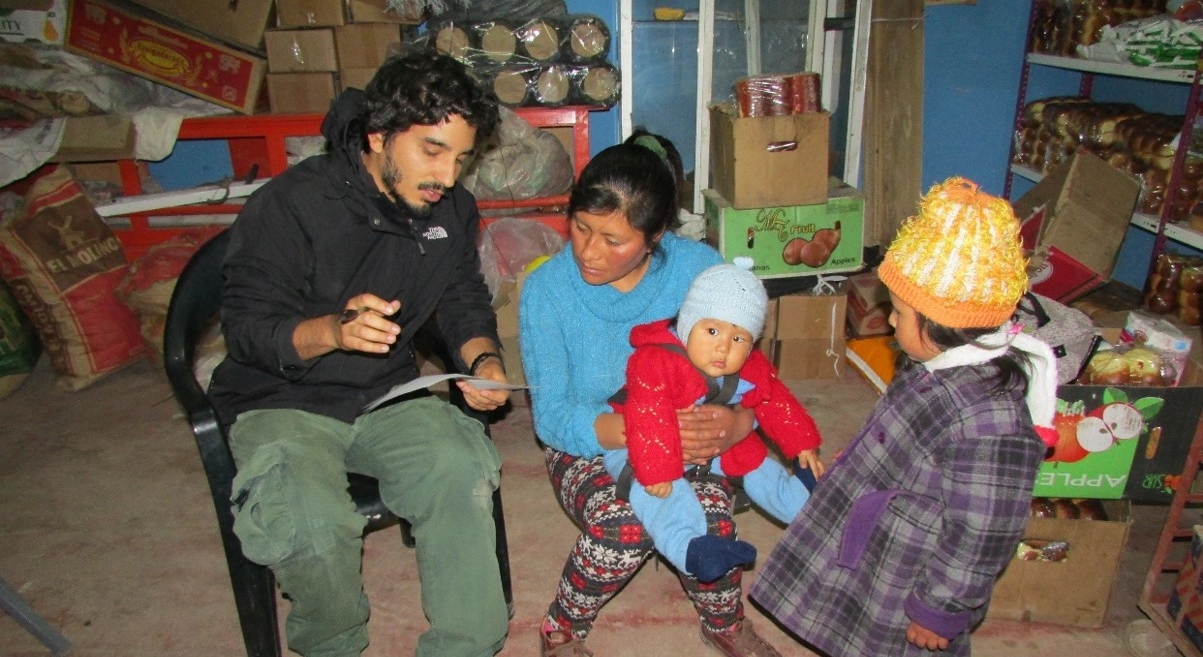
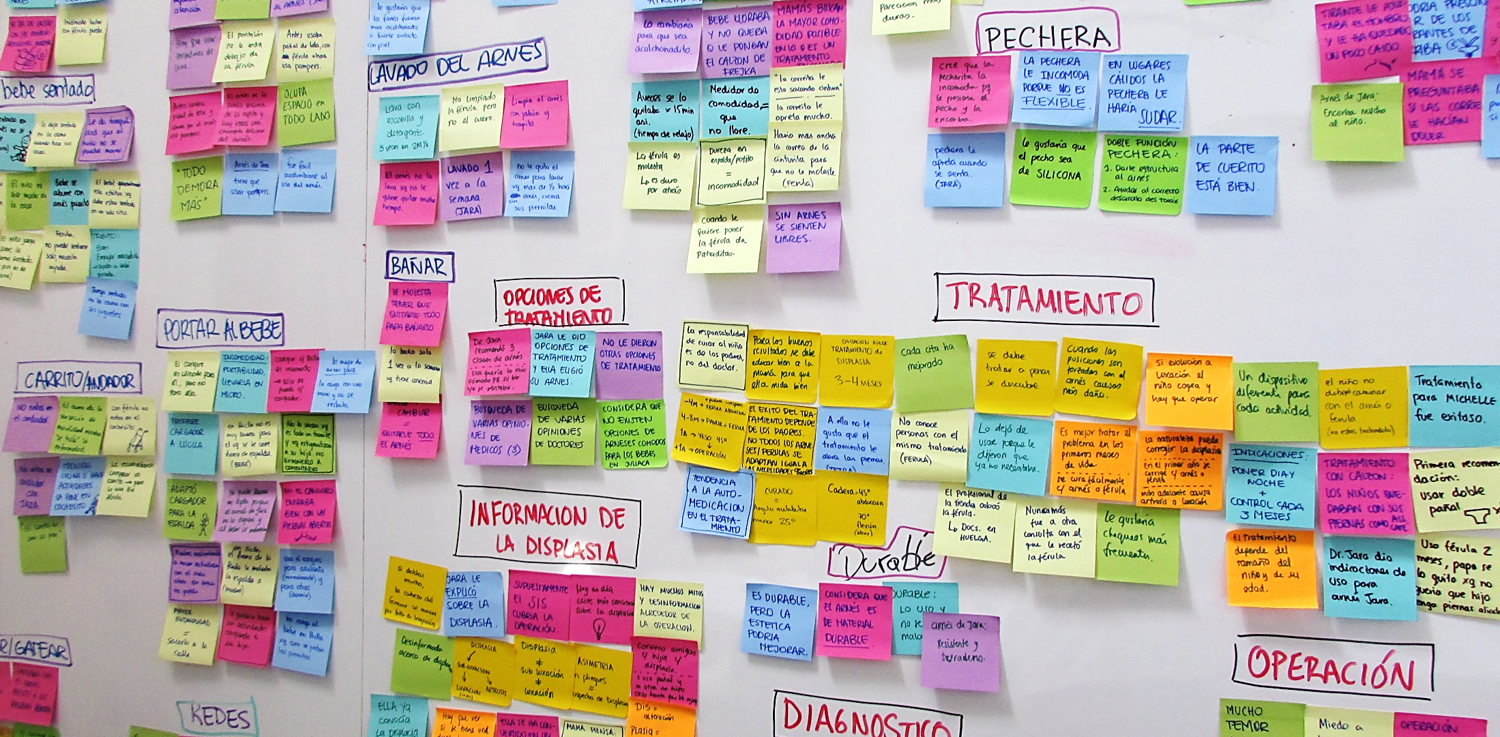
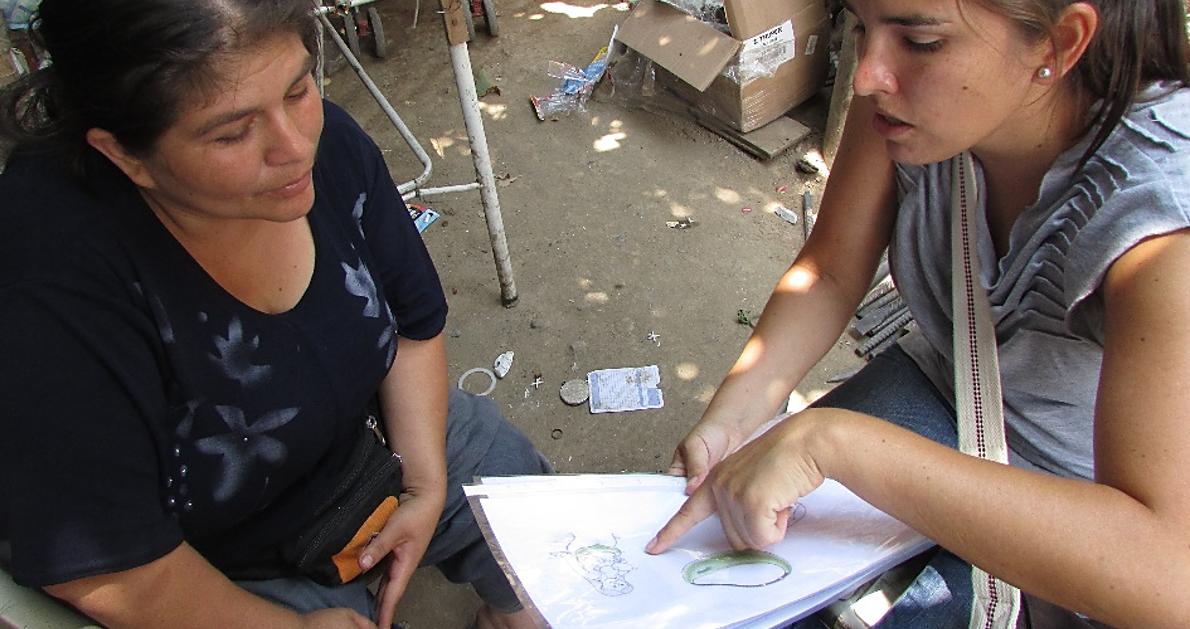
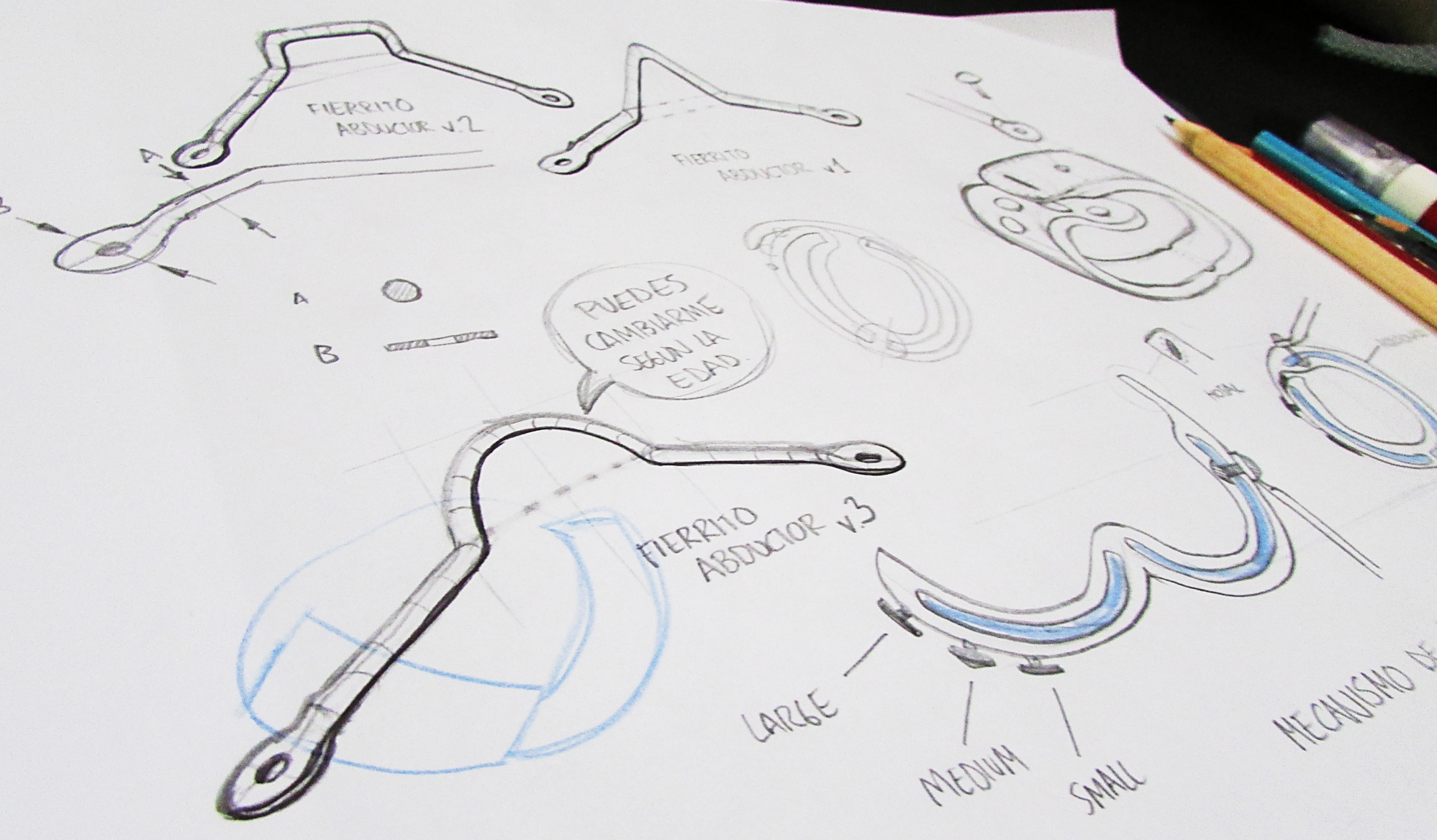
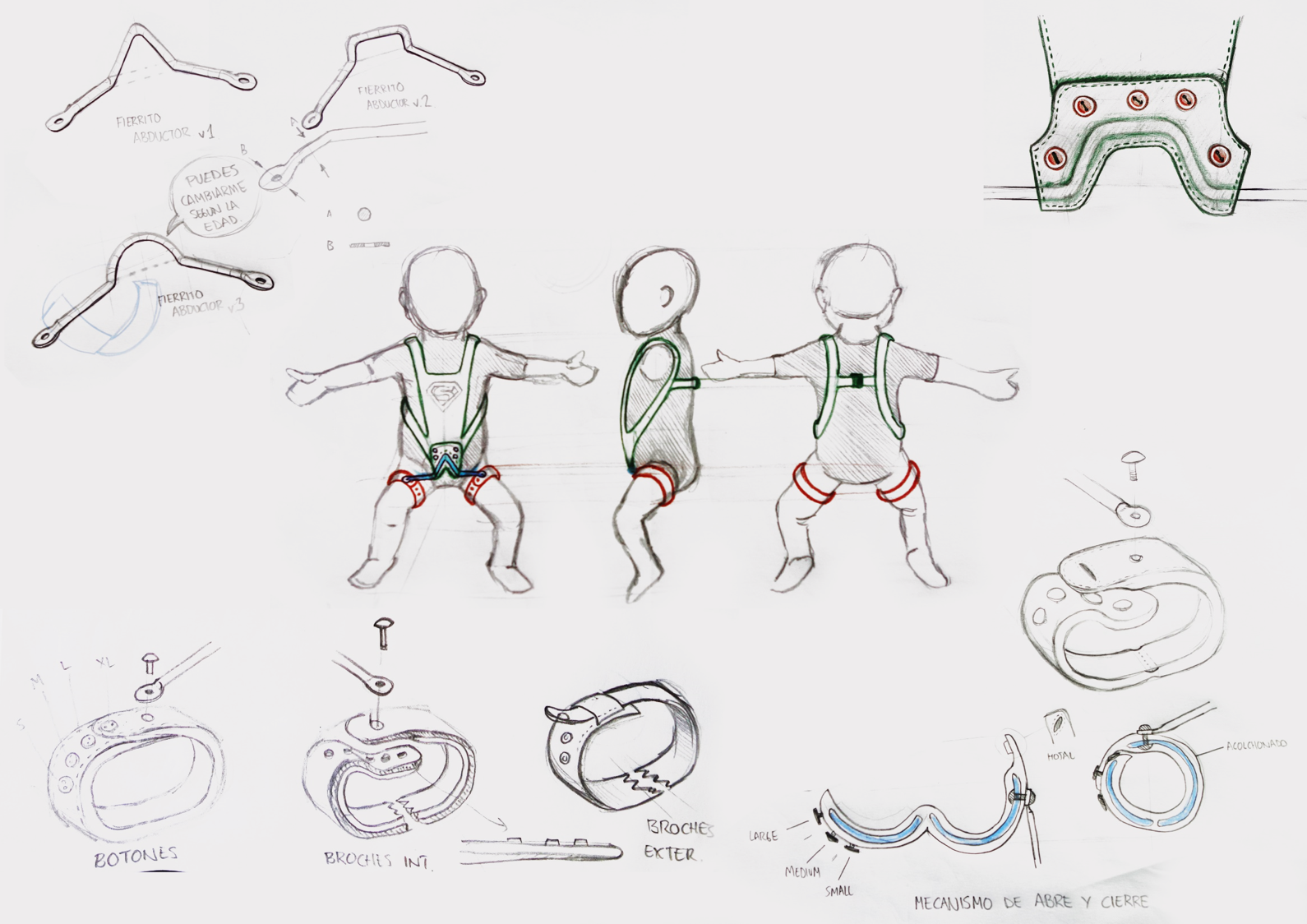
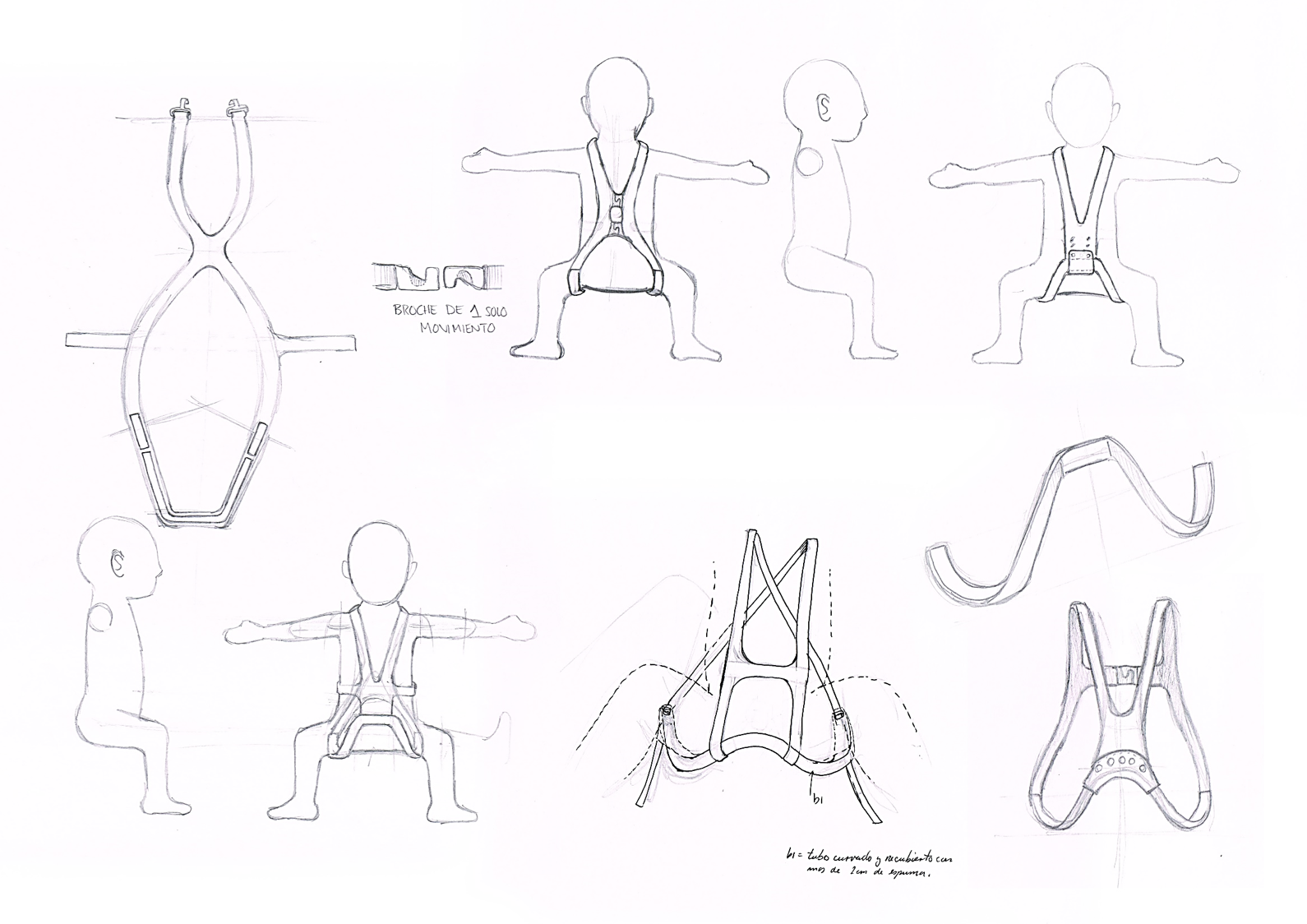
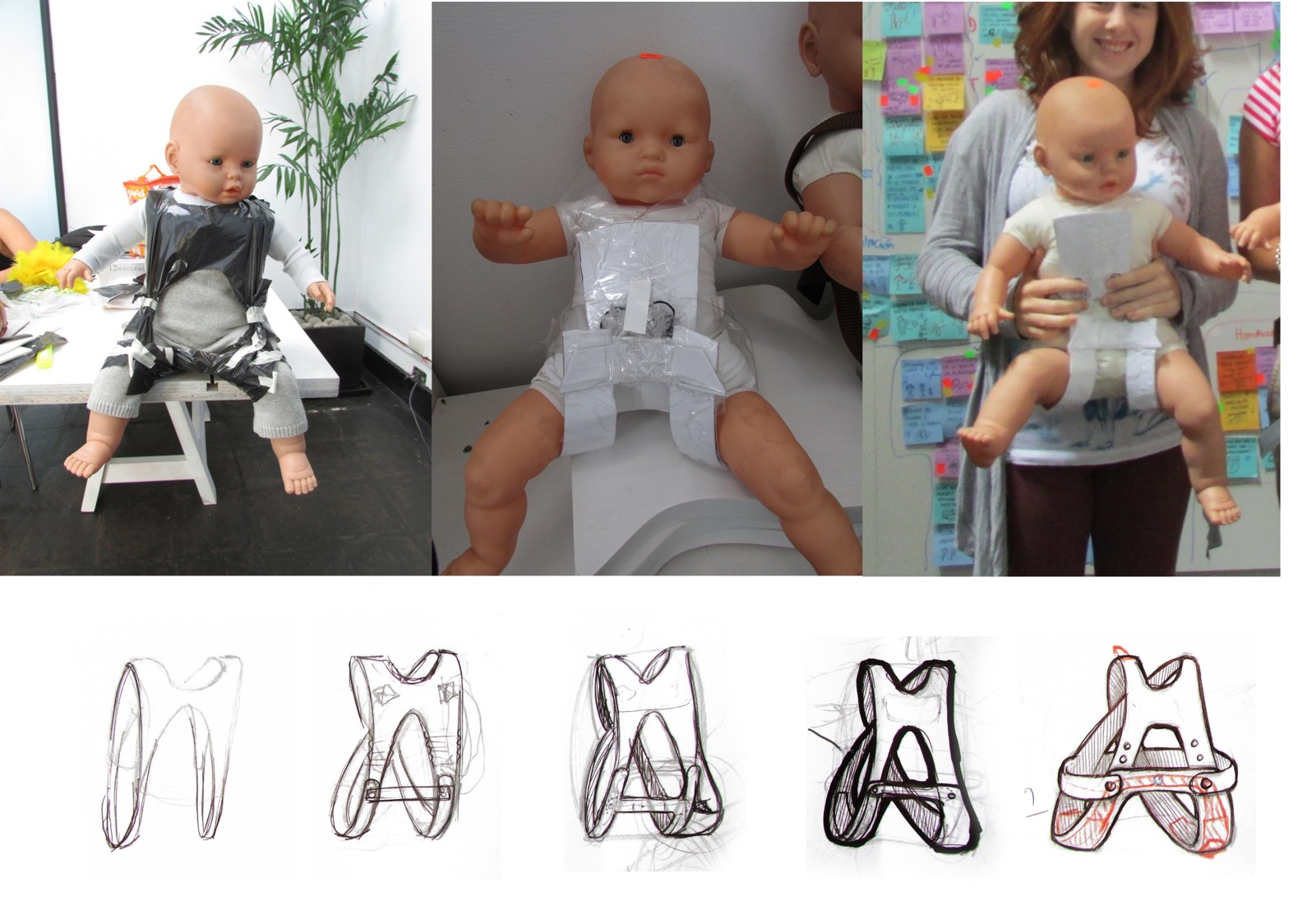
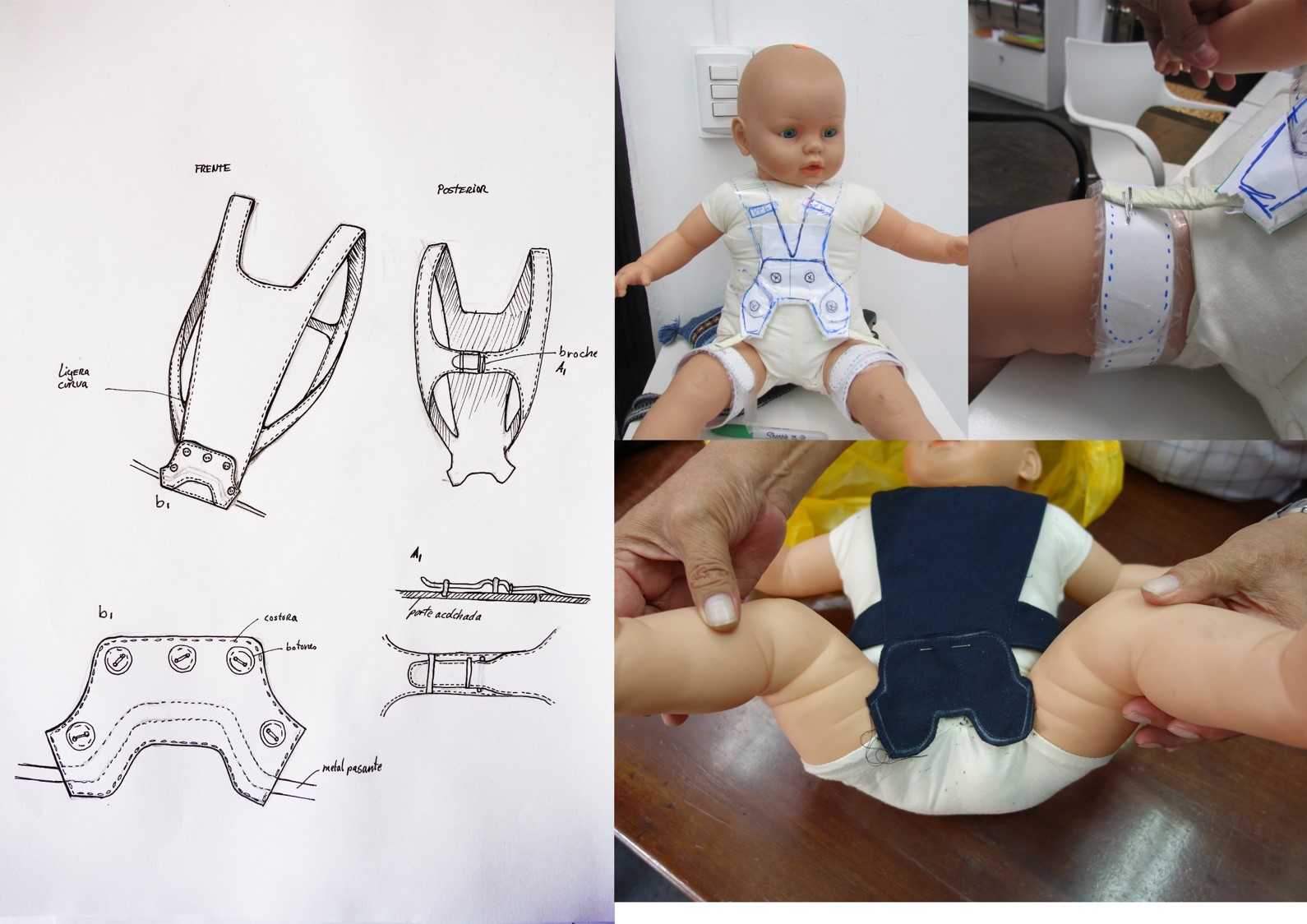
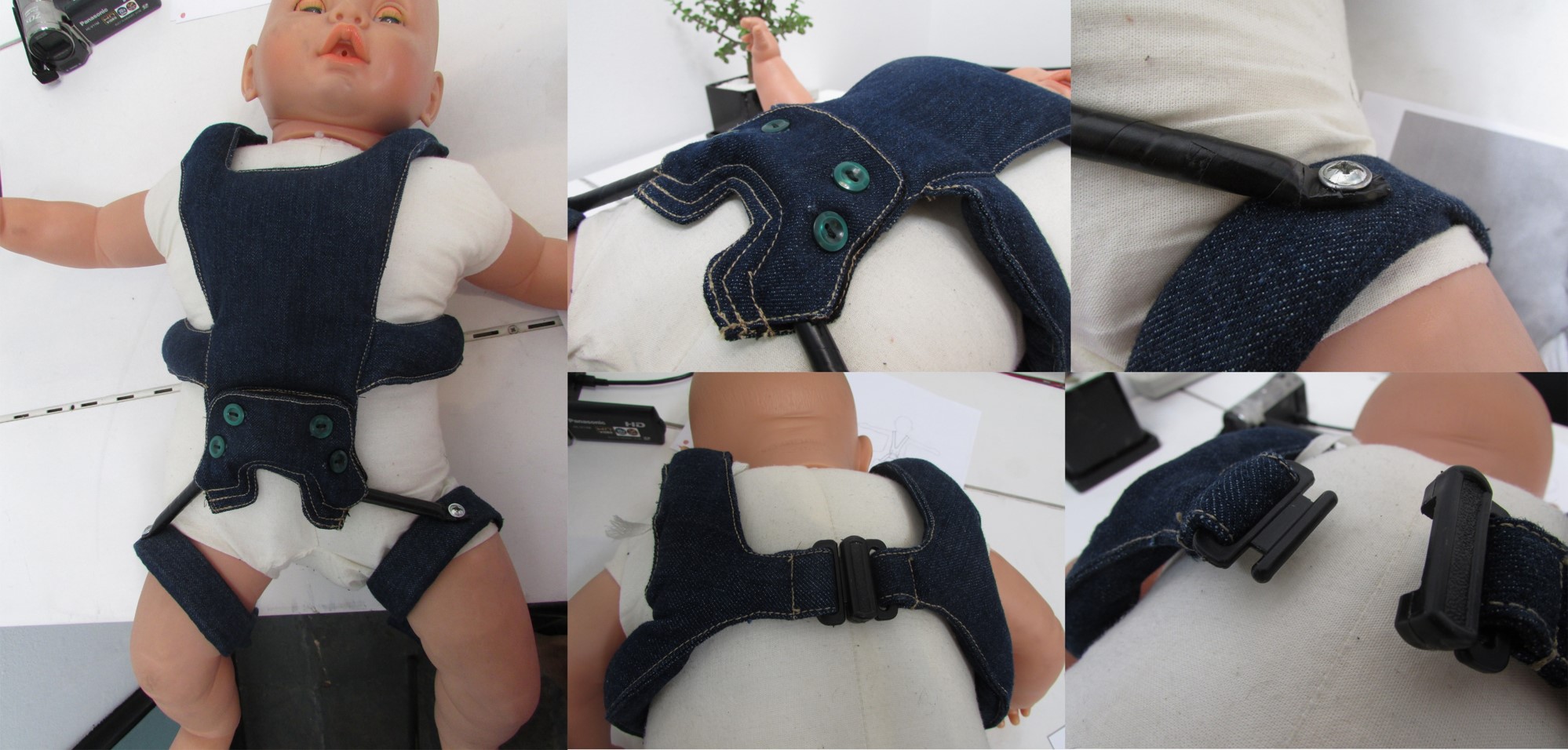
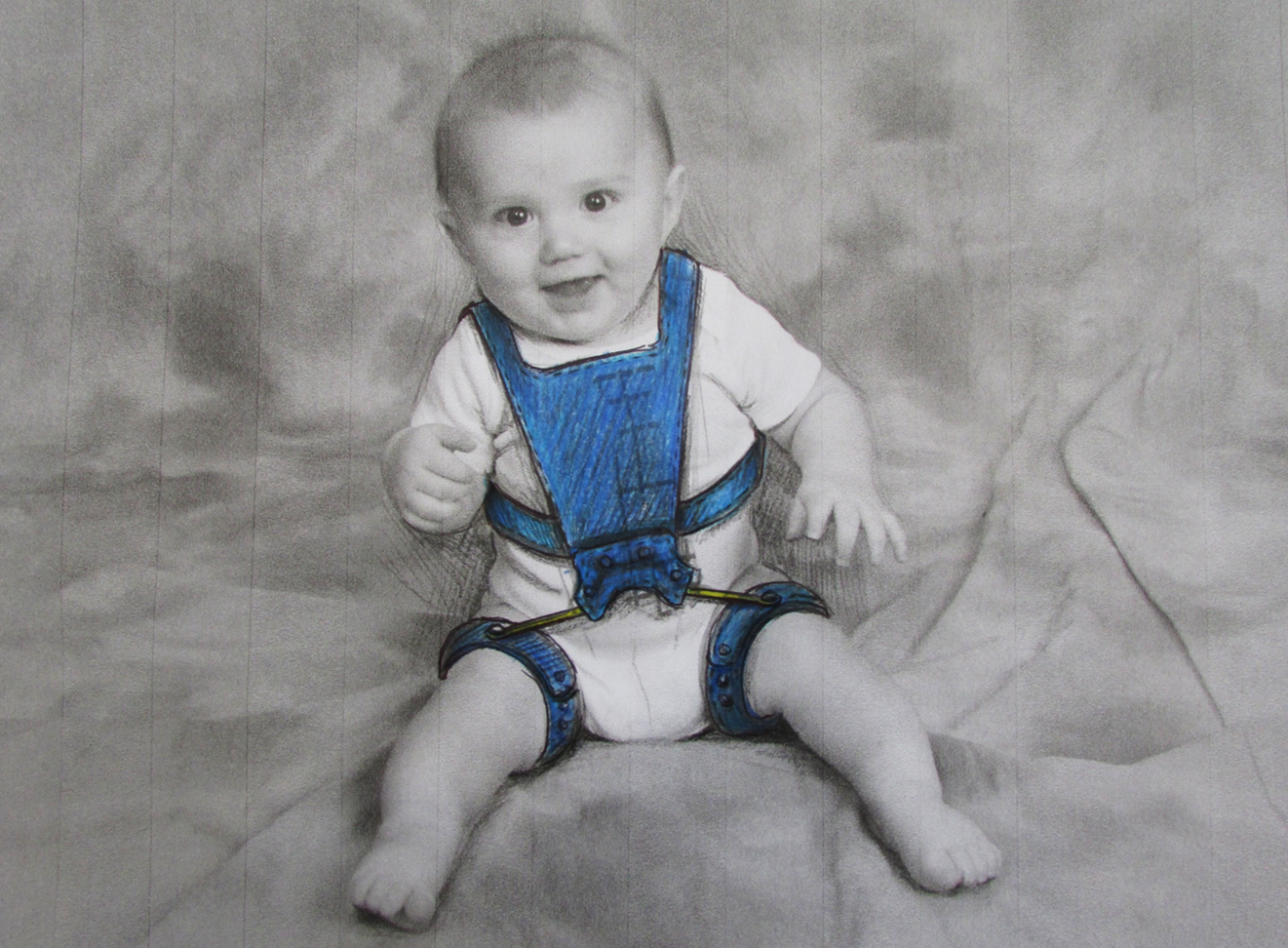
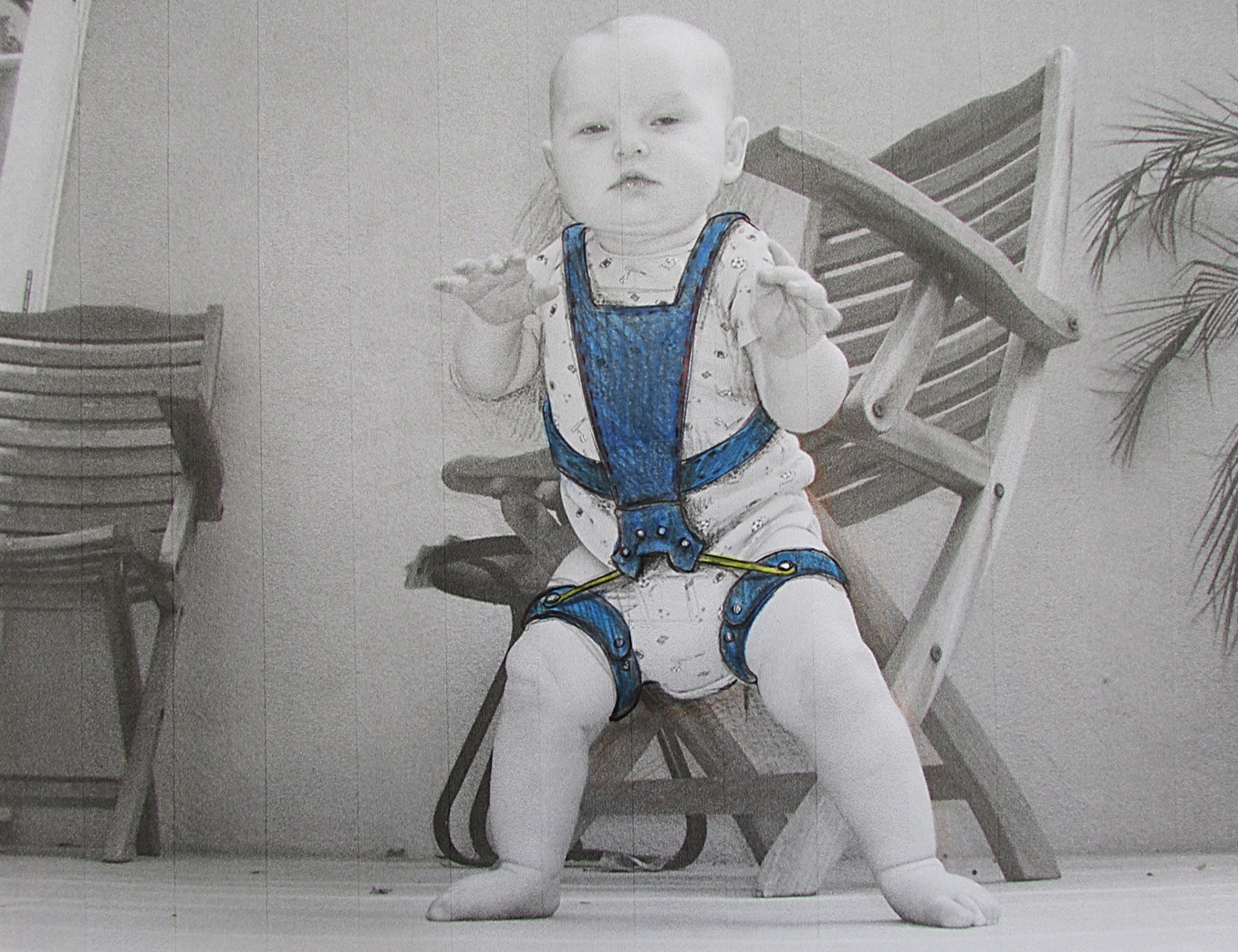
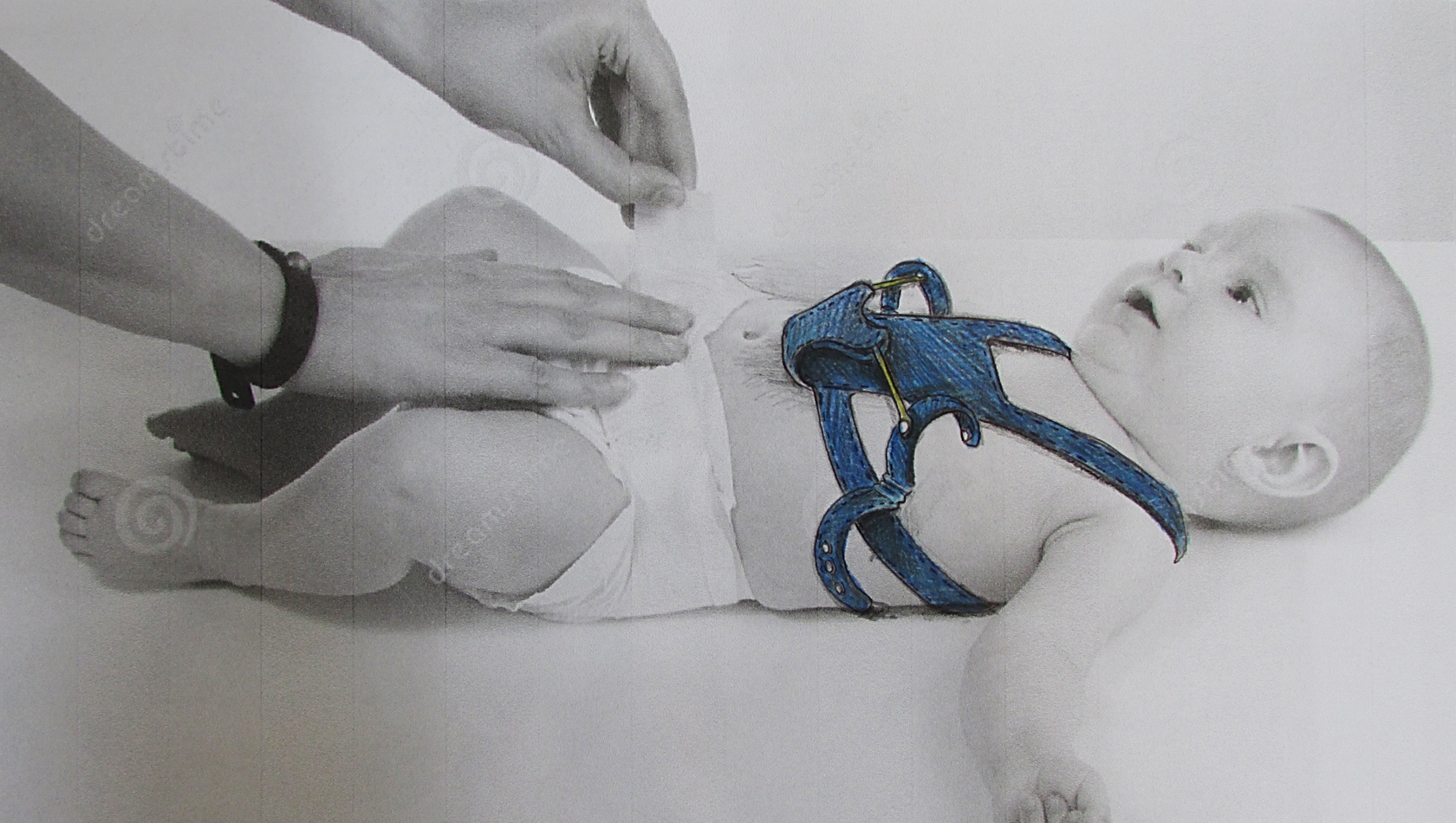
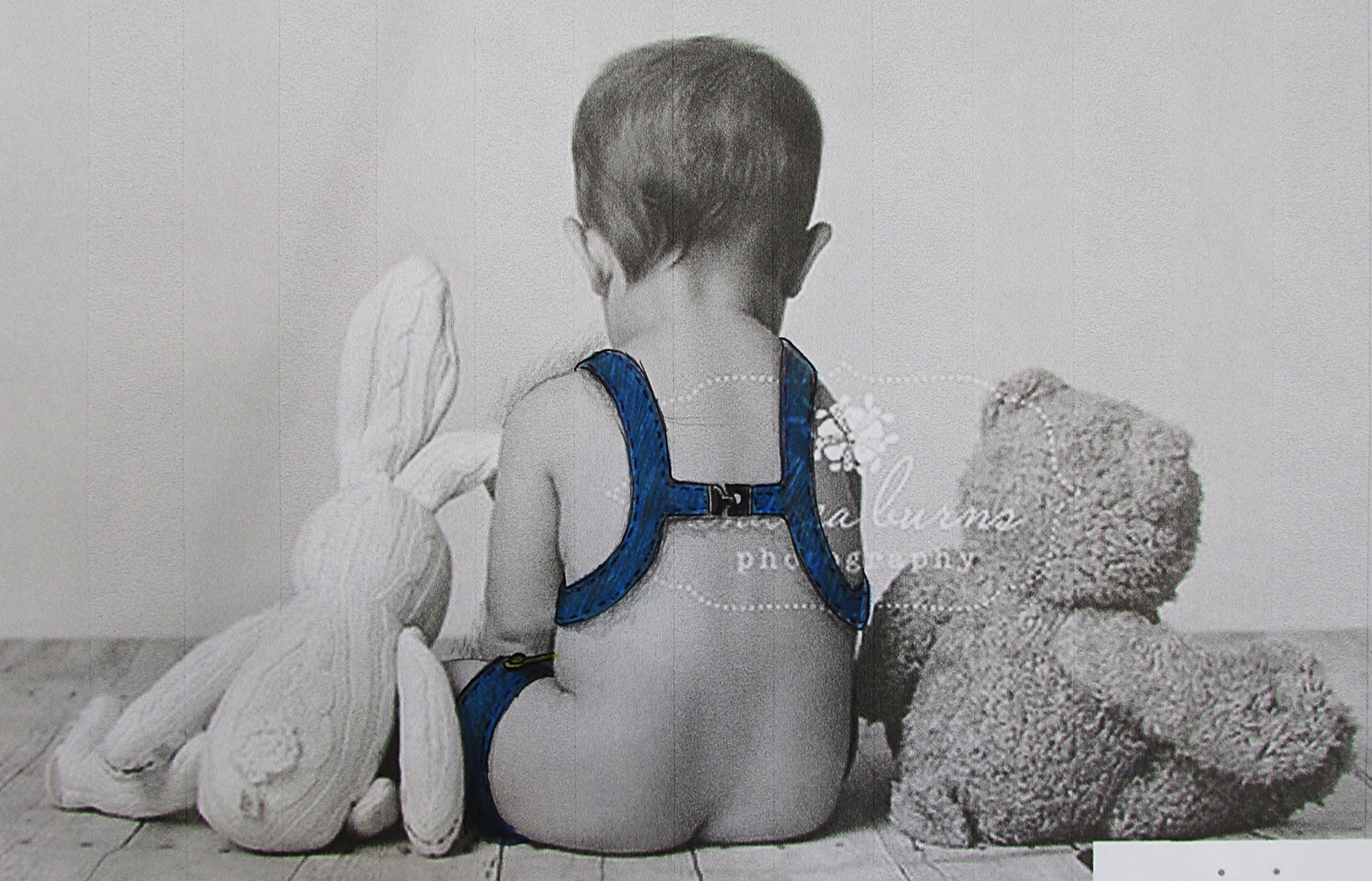
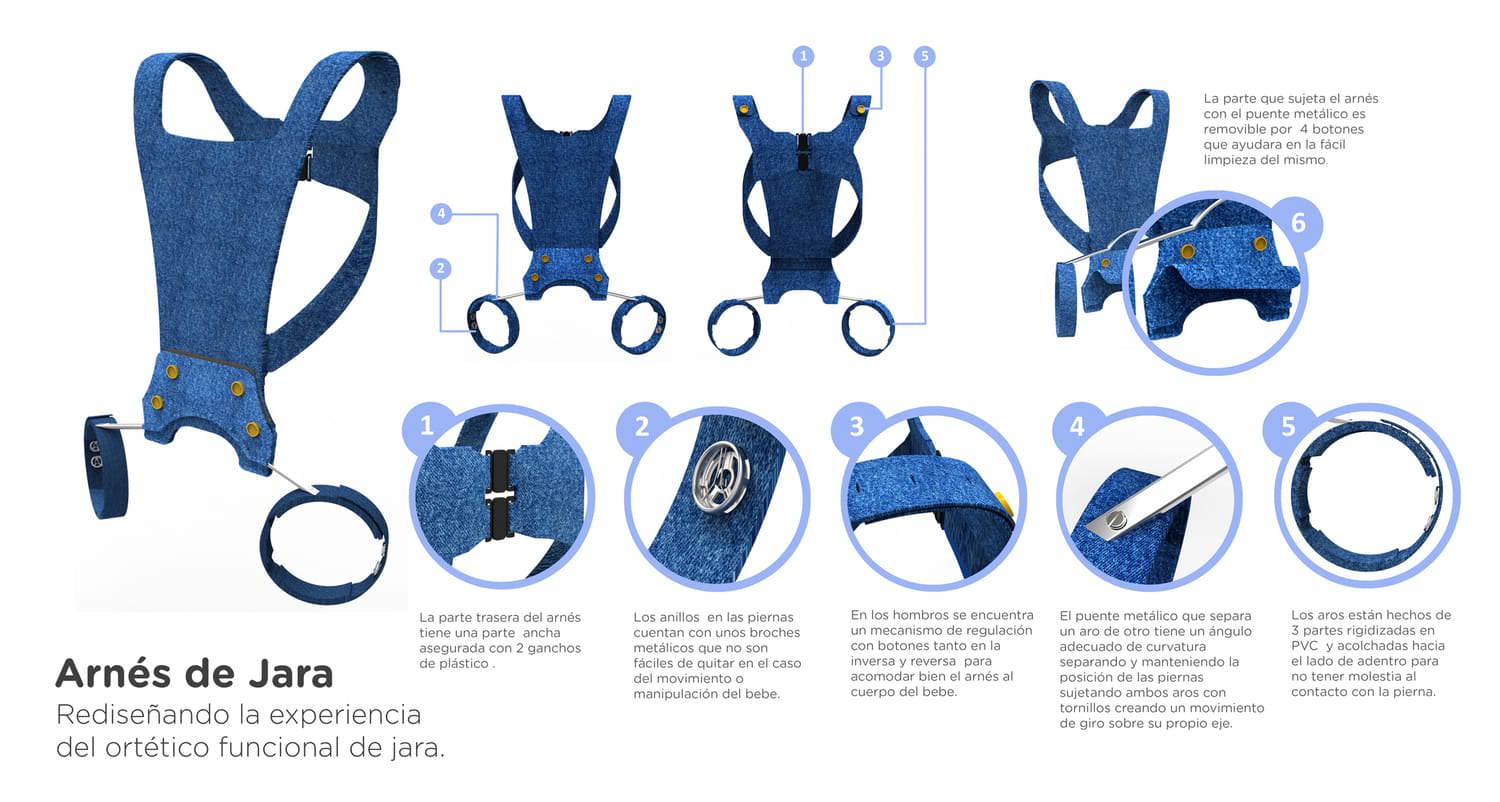
Design
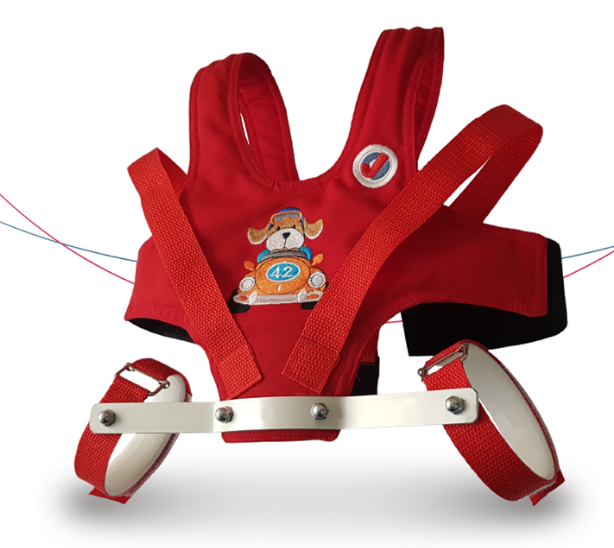
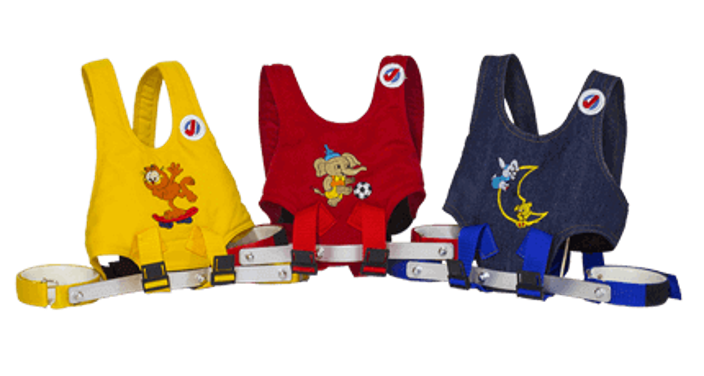
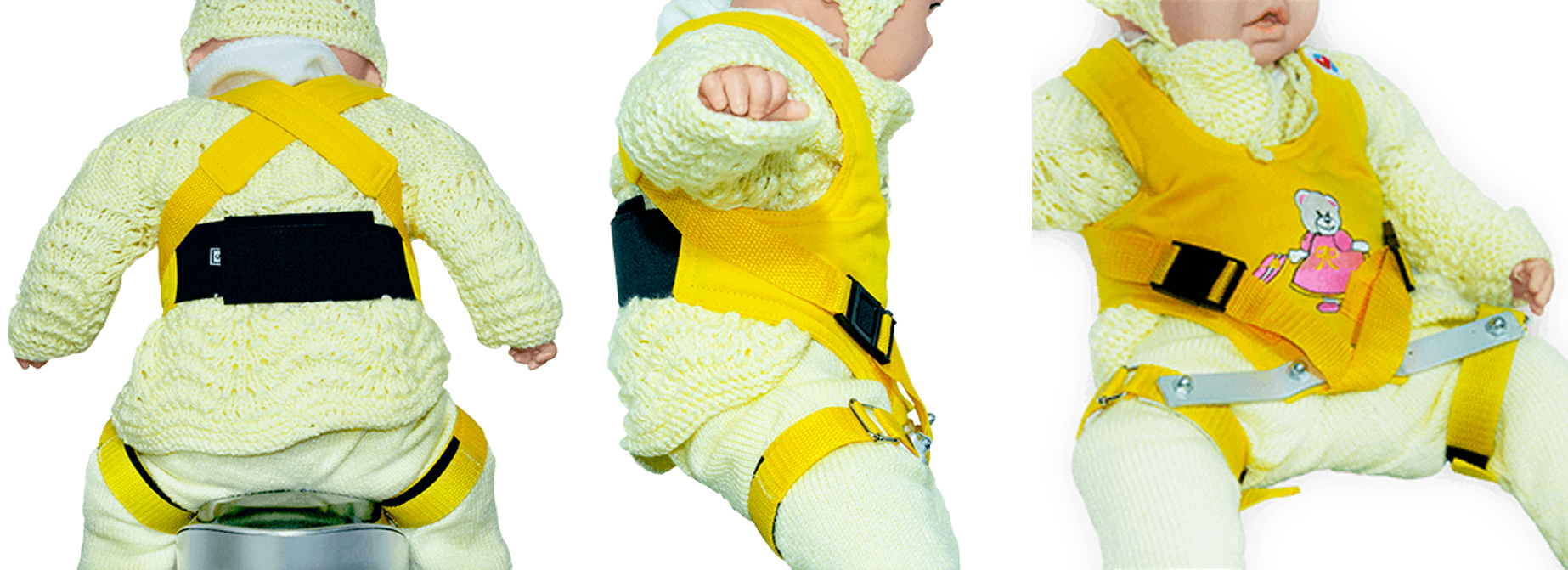
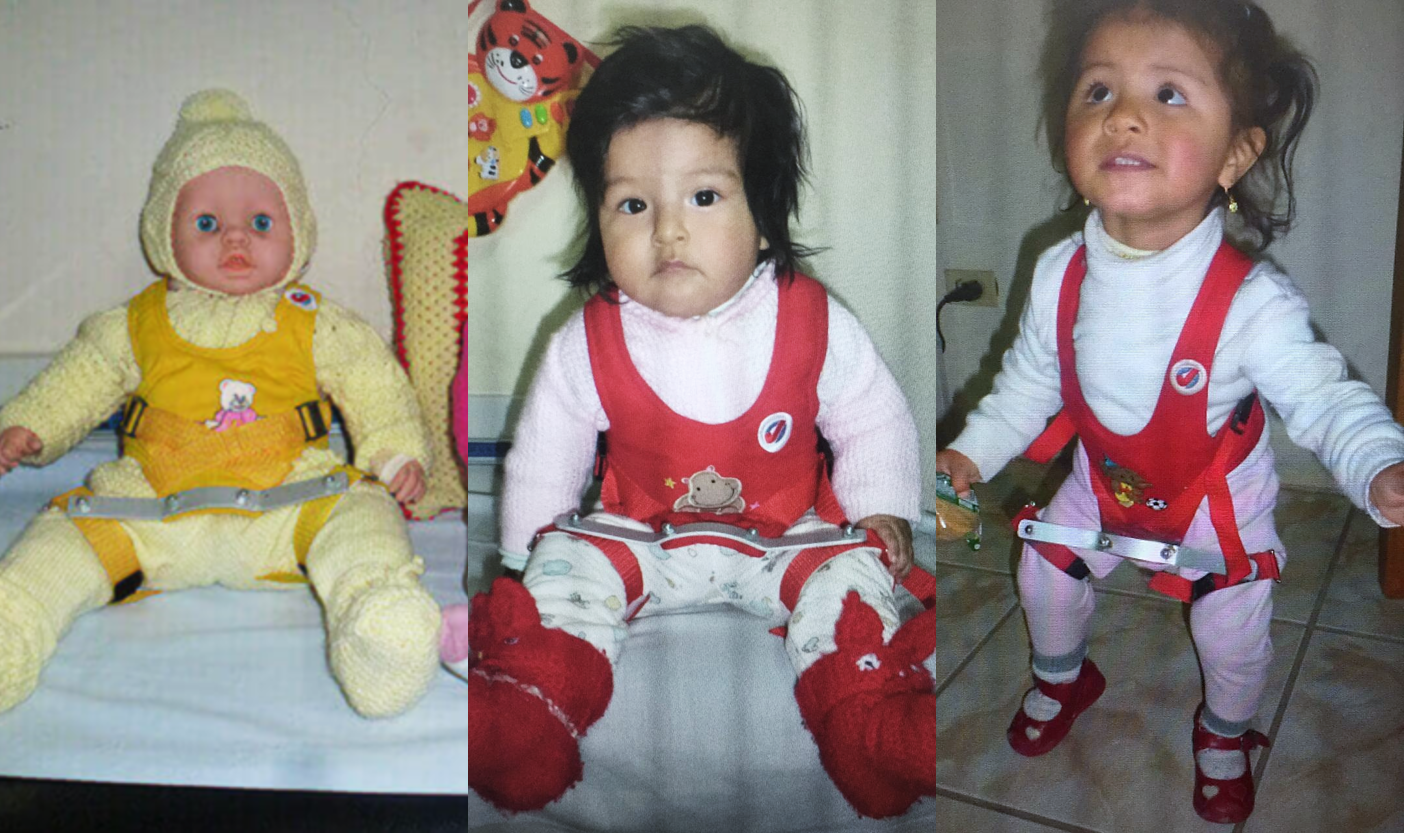
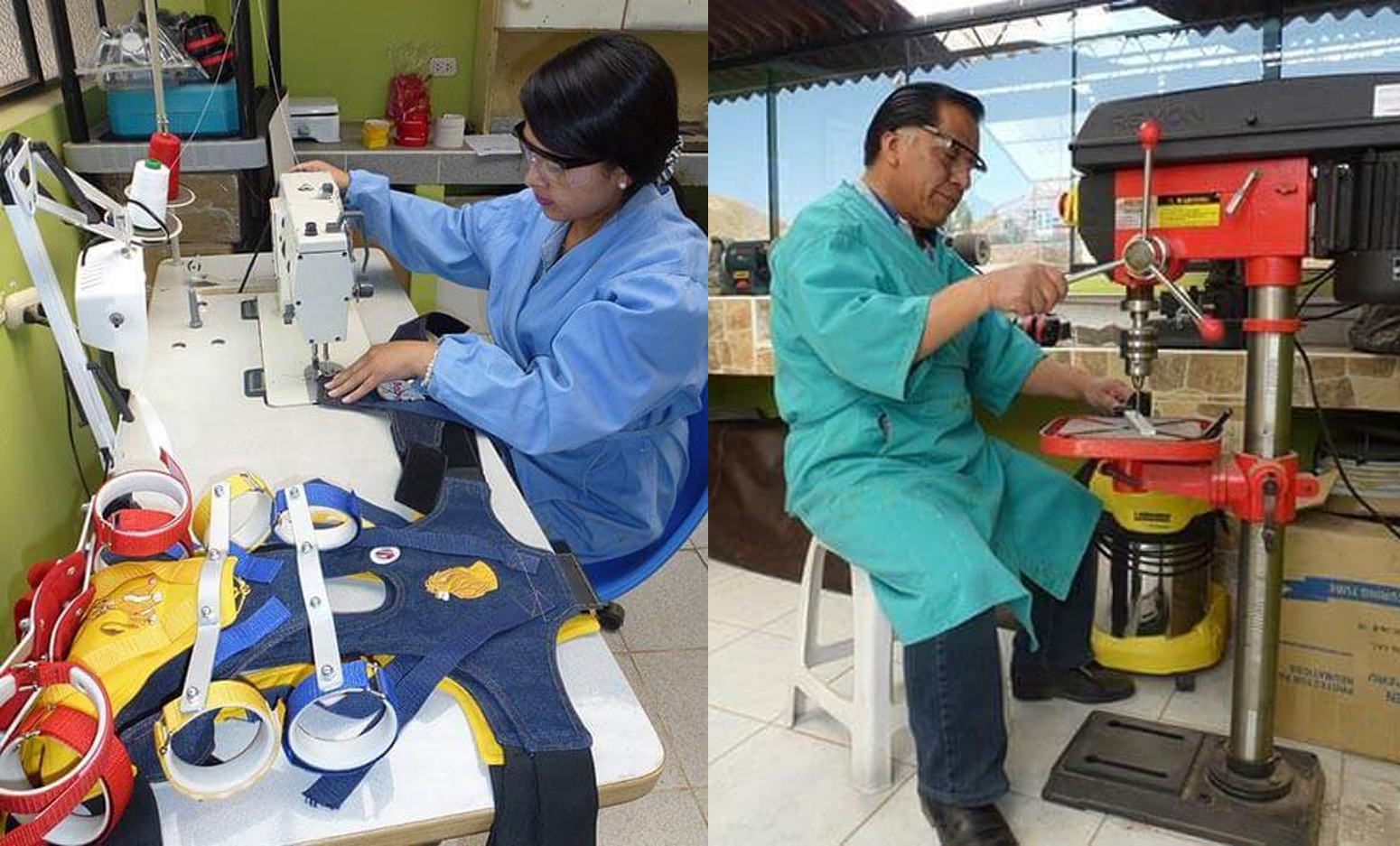

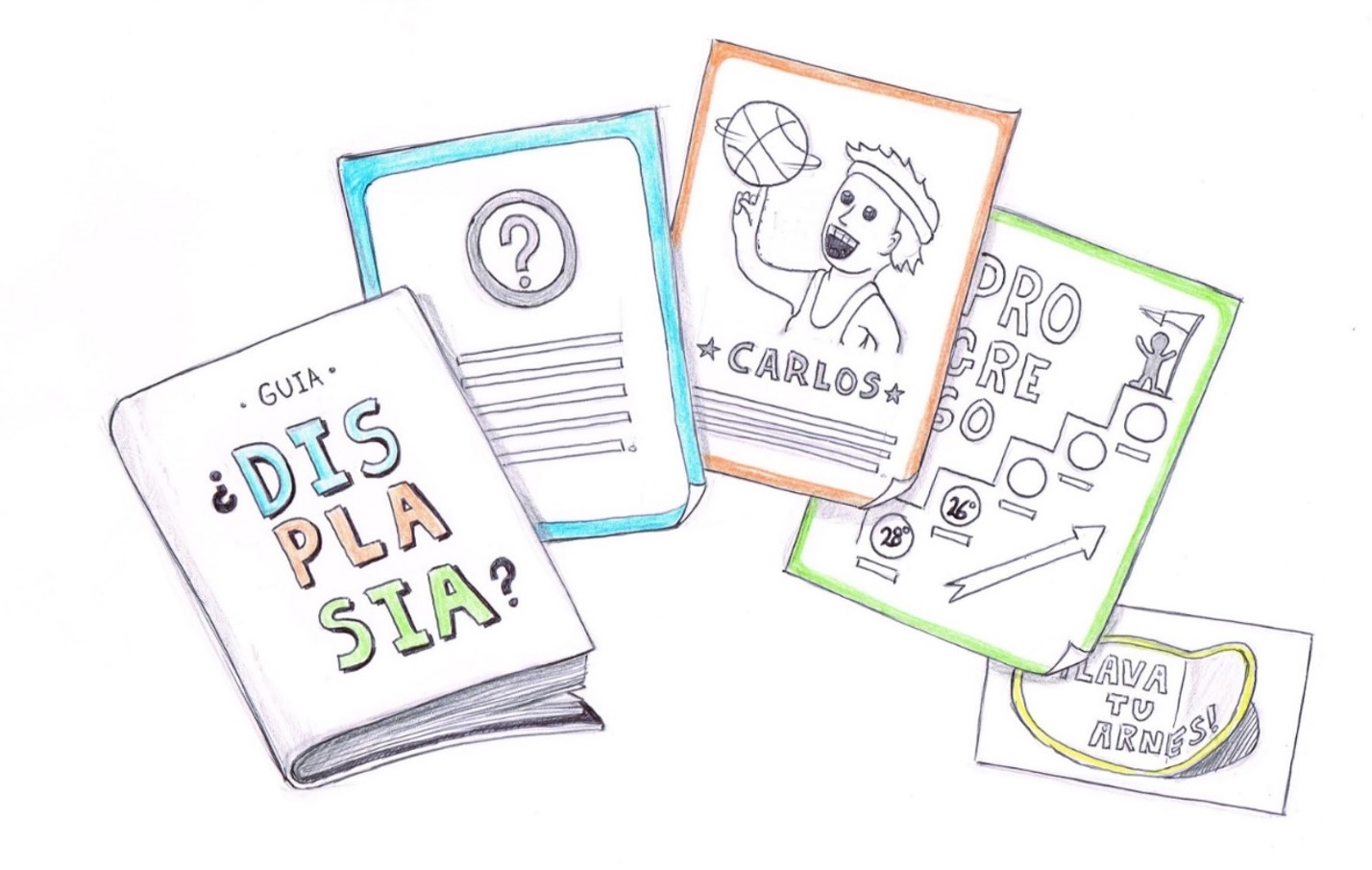
Impact
`"Your support was crucial. Jara's harness is reaching more people each day and helping many people with hip dysplasia. I retired and now I work full time in the business." -Dr. Jeremias Jara
